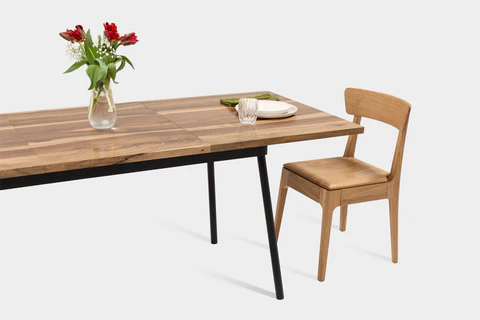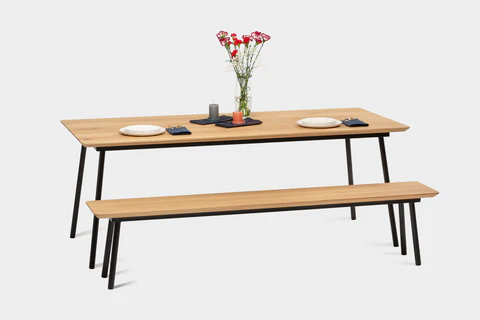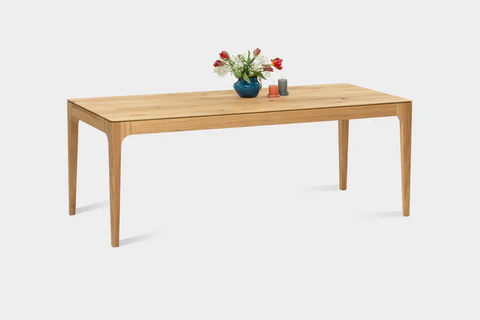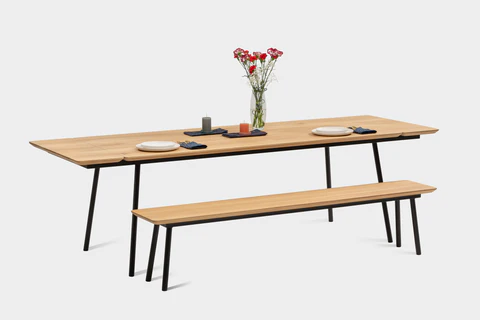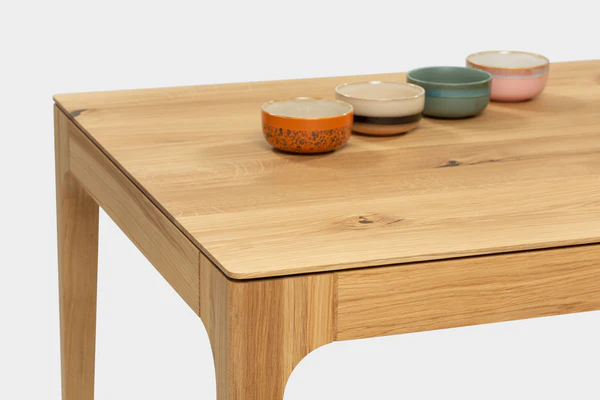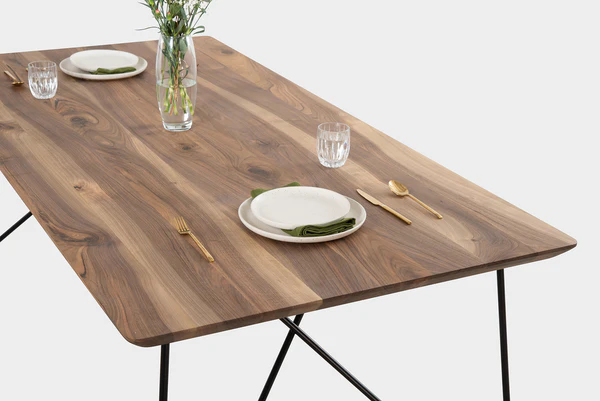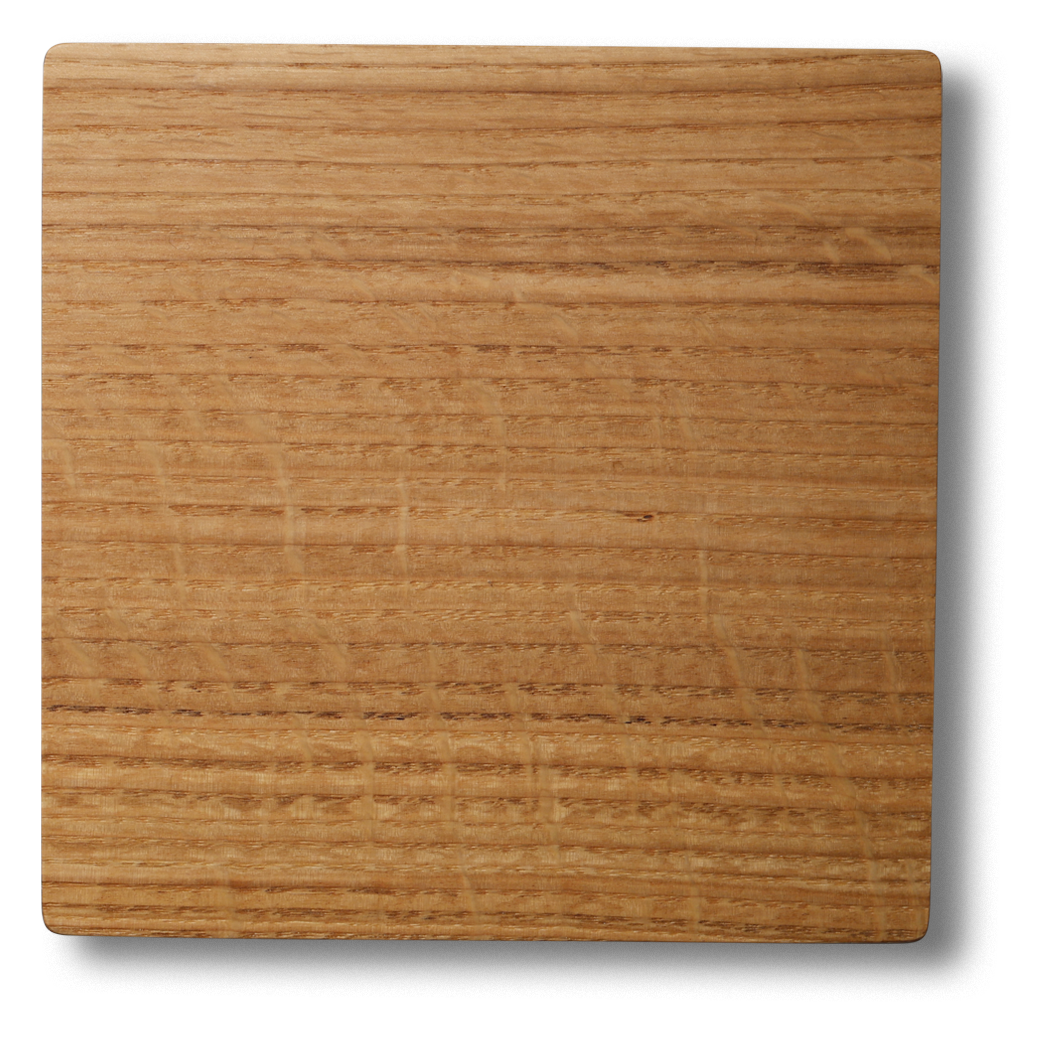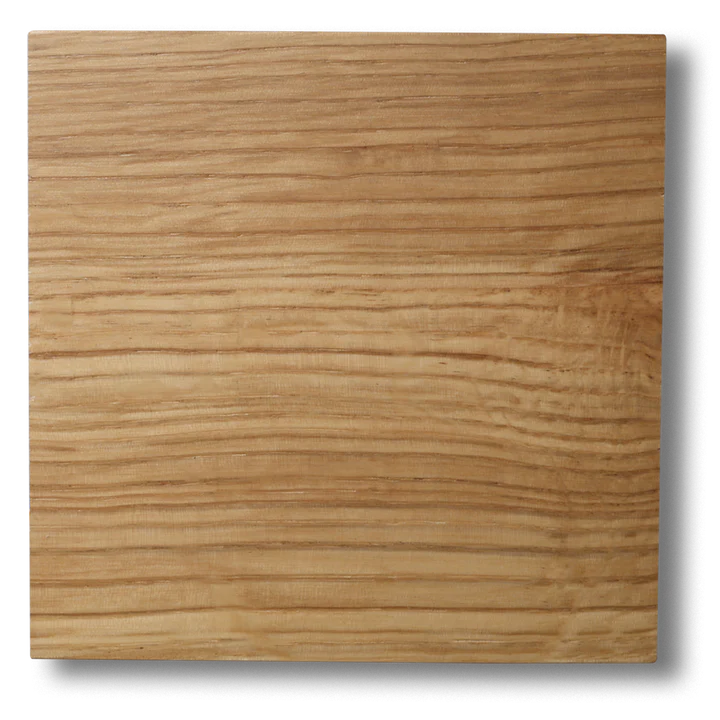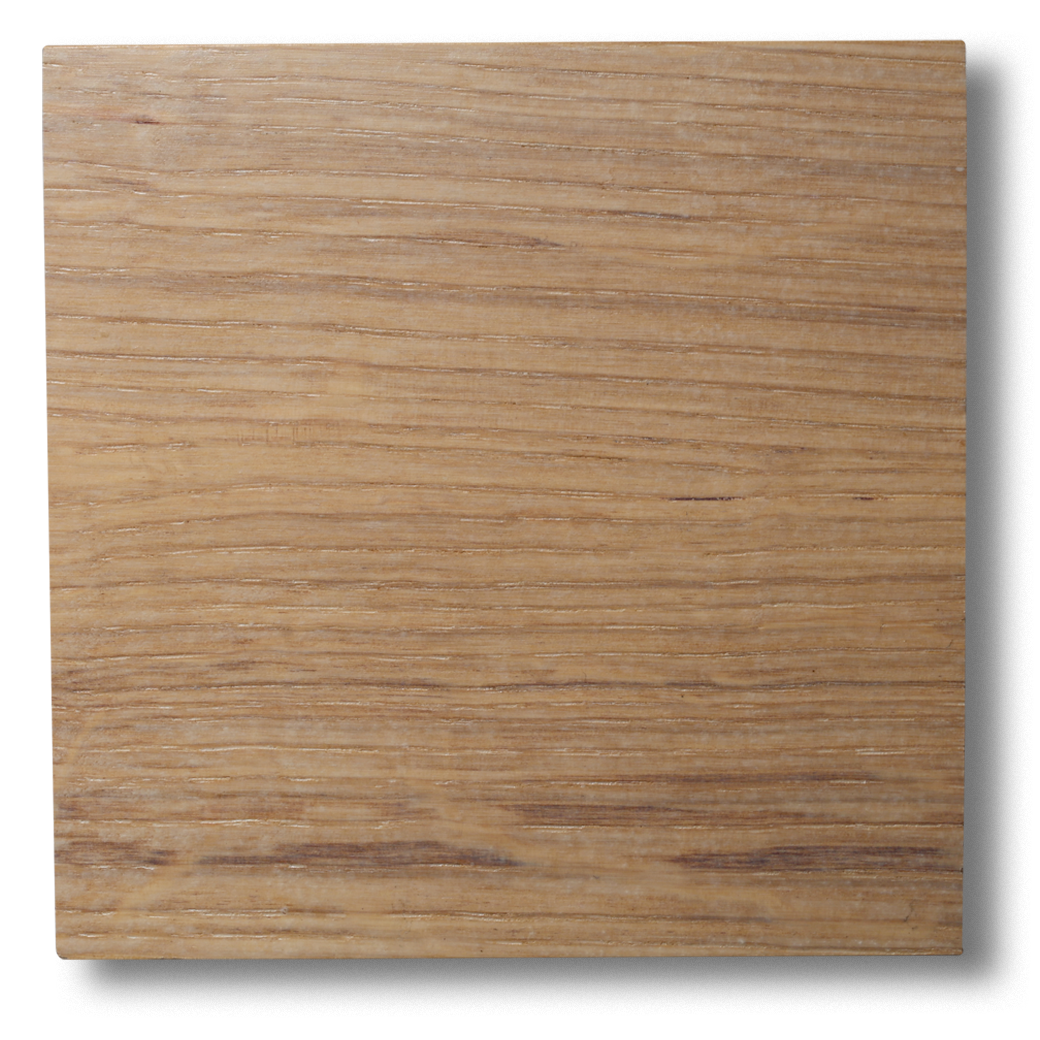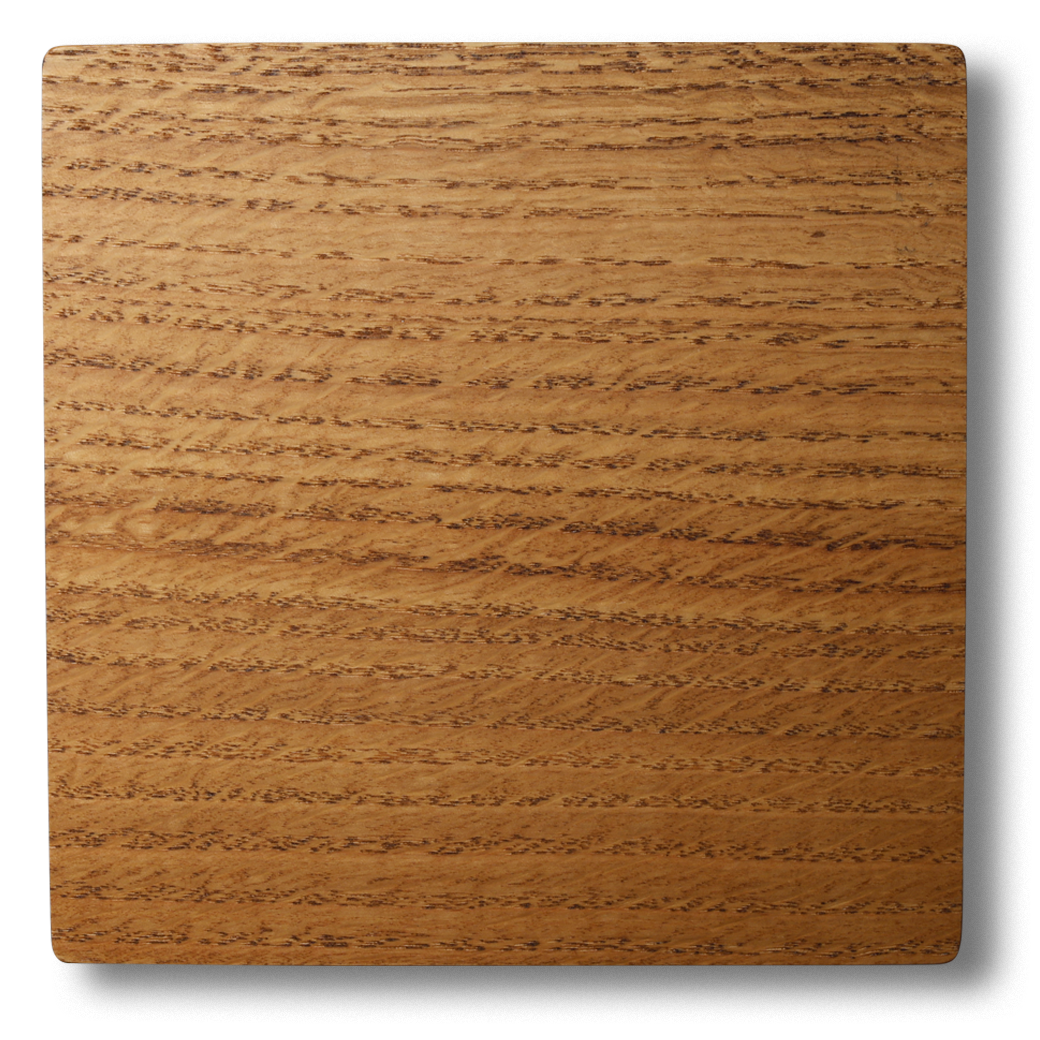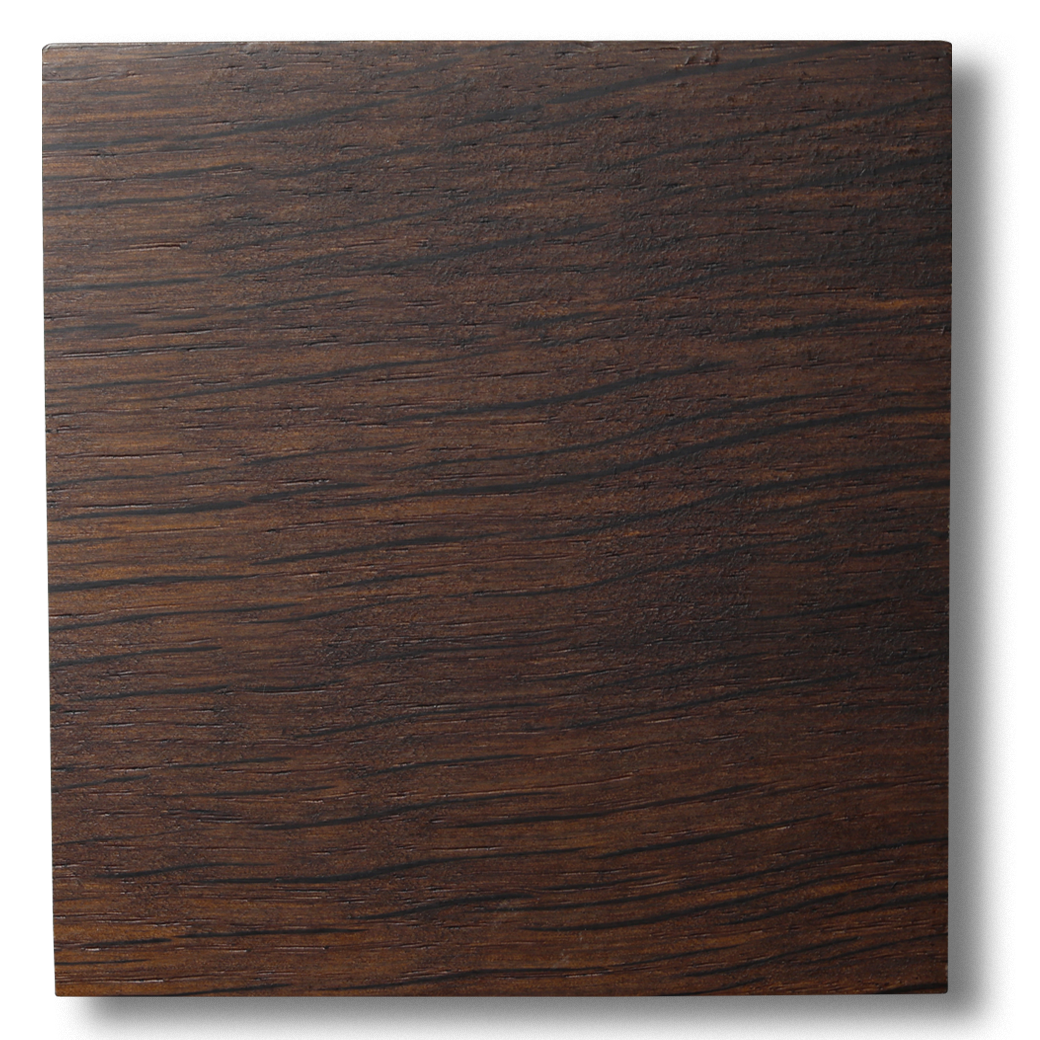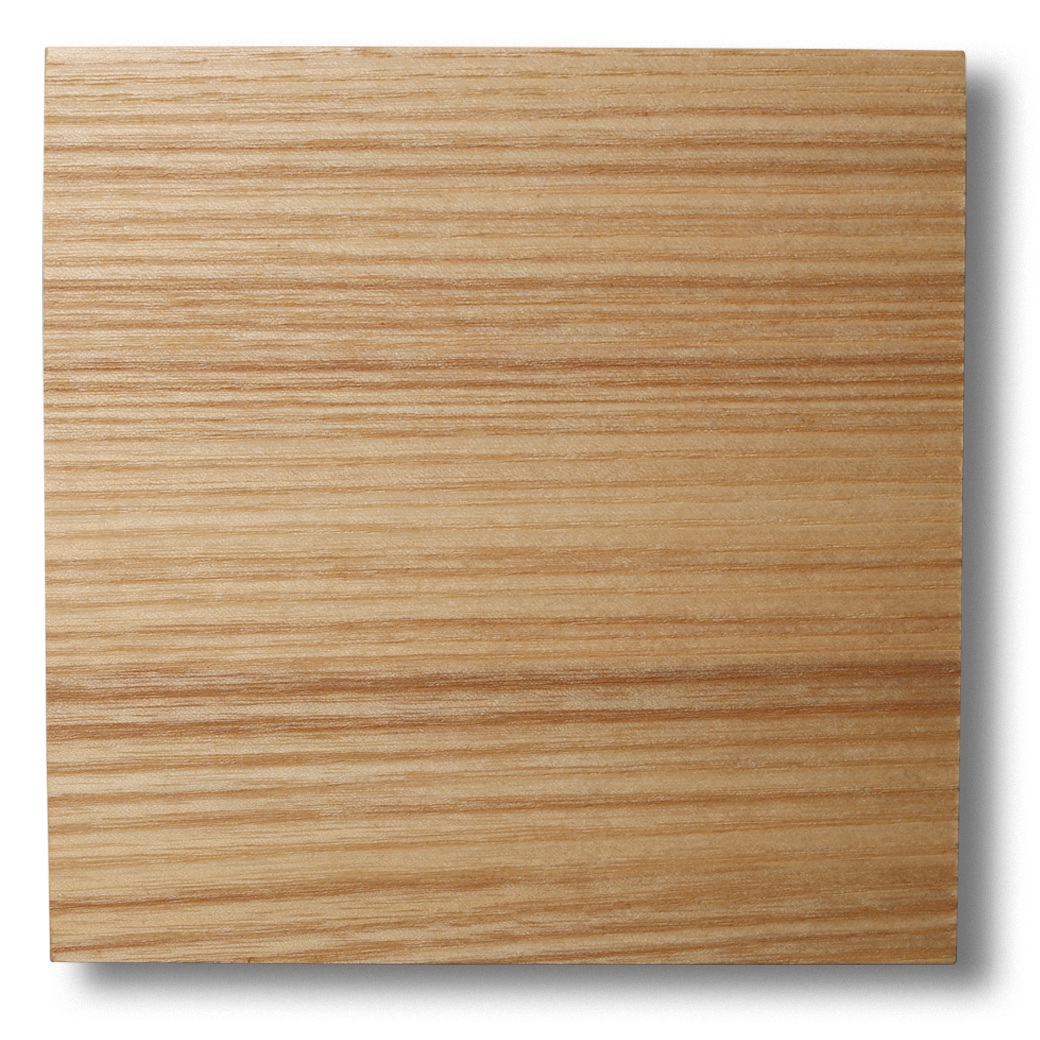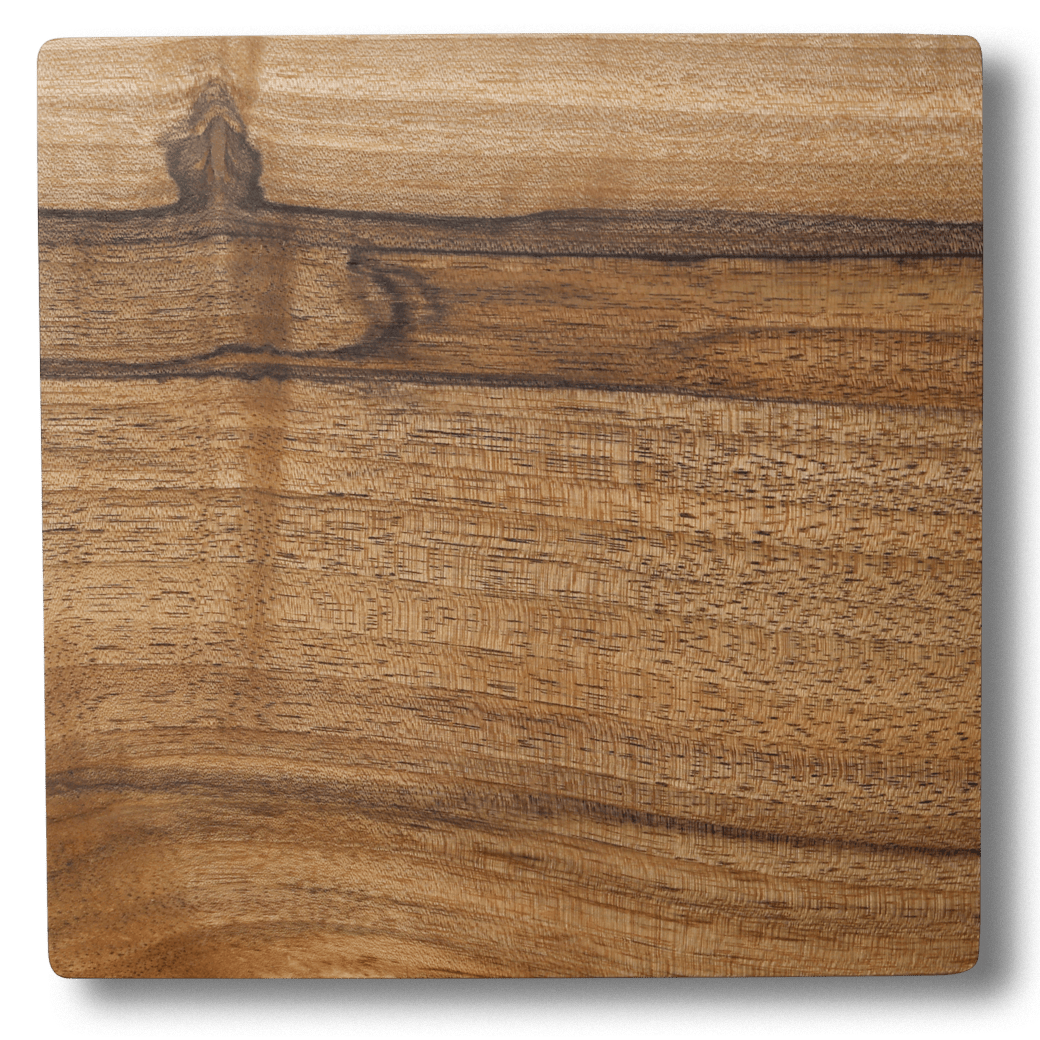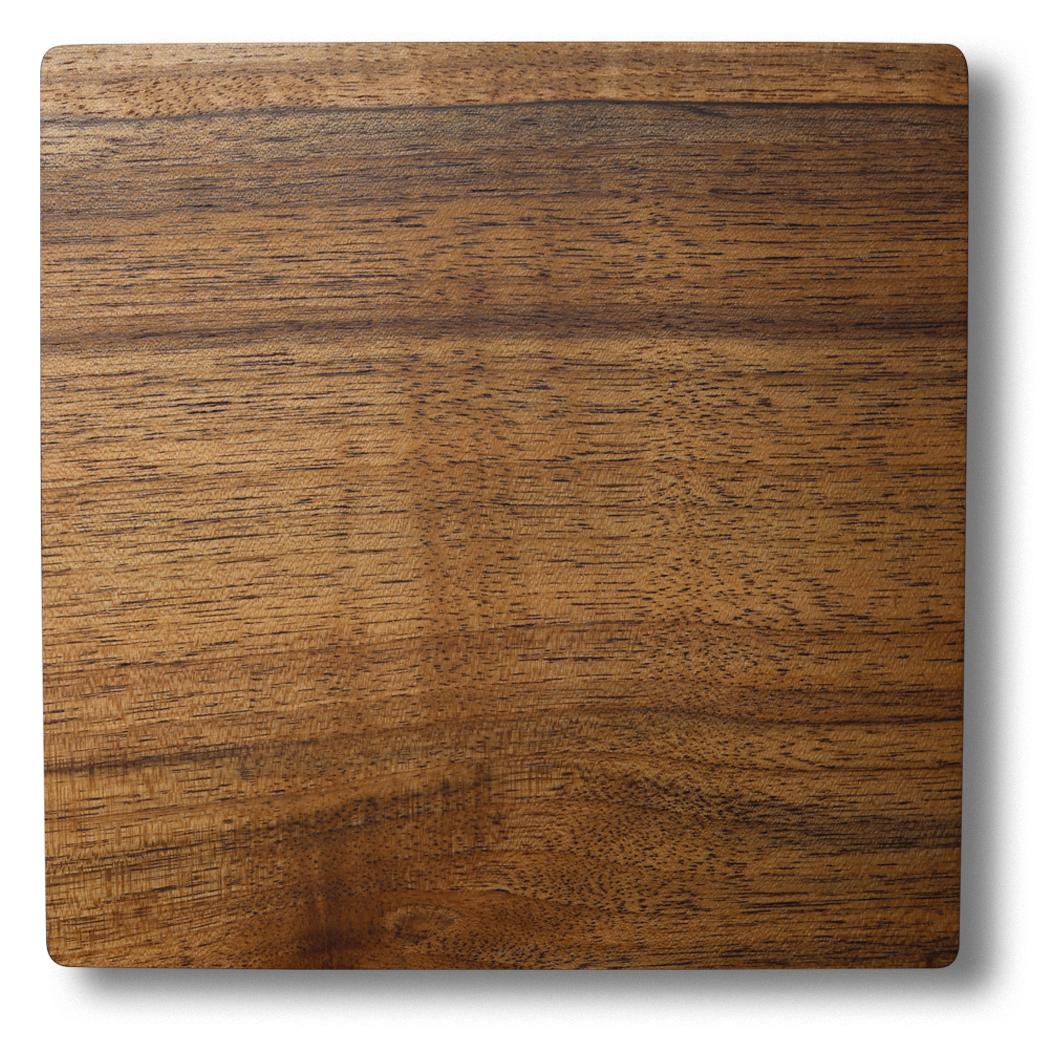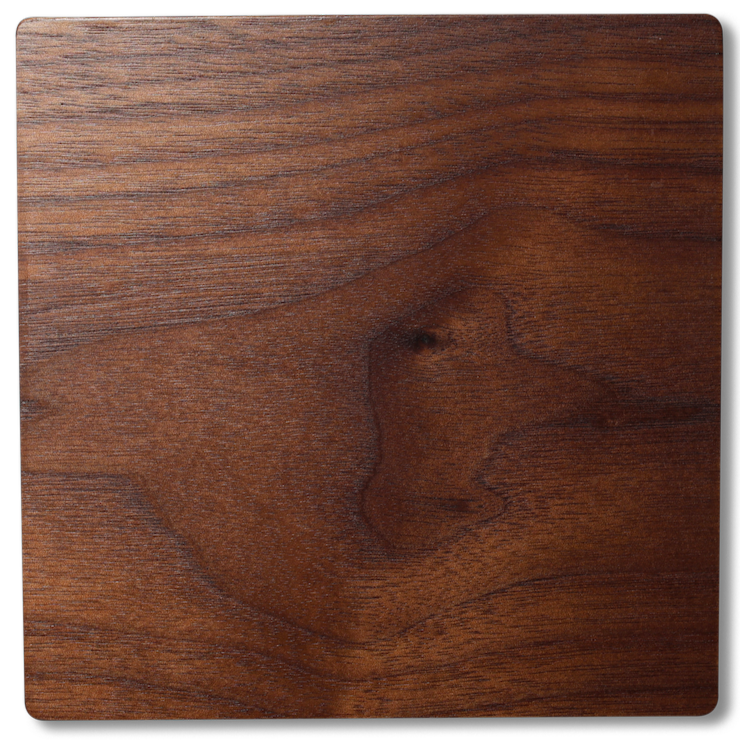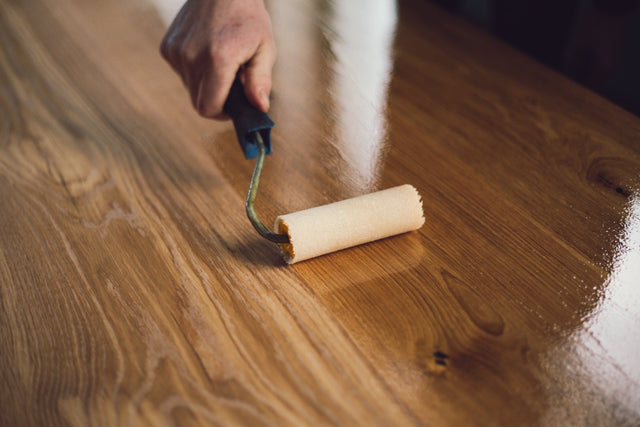About... Industrial Design
Across the last few months, we’ve tried to share some of our inspiration and design passions with the readers of our blog, because we think it pays to share some of our knowledge, and we think that regular visitors to our website are interested in more than just the furniture that we sell.
Since we started this series, we’ve written about Scandinavian, Bauhaus and Mid-Century design. All of these are styles that interest us dearly, especially the latter two, of which we have many designs in our own online store. But today we thought we’d turn our attention to a style that is focused upon a rawer aesthetic: industrial.
What is Industrial Design?
Industrial design is a style that became popular at the turn of this century and has continued its popularity right the way through to the present day. Defined by the raw, metallic and commercial-looking elements of industry-led architecture, this style – and the subgenre of steam punk – focuses on unusual and sometimes harsh colors and styles that you would more typically find in warehouses, factories and industrial properties. It’s a little messy and you might not be a fan of the style if you’re into something smarter and more sophisticated, but there’s no denying the popularity of the look since 2000.
What are the Defining Features of Industrial Design?
The defining features of Industrial-style design become apparent as soon as you come across the designs. The colour and tone are dark, reflecting the look and vibe of industry buildings such as warehouses and storage facilities. The materials used – darker woods and metals – give the style a raw and beaten-down look. But when designed well, furniture and décor in this style is bold and commanding.
One defining feature of Industrial style – especially in the home – is a bare brick wall. Exposed brick is becoming more in demand especially as the renovation of older mills and warehouses into apartment blocks and flats becomes a popular choice for developers.
How to Rock the Industrial Look at Home
Good question! To make sure the style is consistent, make sure you seek out more rustic, metallic designs that look like they could come straight out of the industrial revolution. When it comes to furnishing and accessories, you want to look for classic designs, thinking old America and even turn-of-the-20th-Century manufacturing vibes. Signage, crates, metallic lighting frames and more – this is how to begin your Industrial journey.
Alternatively, in places like your bathroom or kitchen, keeping your brick and exposed pipework (the things that are usually covered in your home) on the outside will help you rock the industrial vibe to boot. Make sure you’re keeping things as open plan as possible too. Industrial is style but it’s also simple. Hard work made look easy.
Where Might I have Seen This Style Before?
The short answer to that question is: anywhere. Industrial style décor proves incredibly popular with both individuals and businesses alike. As restaurant eating has become more accessible, and more places are trying to stand out from the crowd, the more they leant towards fresher looks and less formal themes. Likewise, with cinemas, bowling alleys, and more. As soon as a style becomes popular, it will appear all around you.


